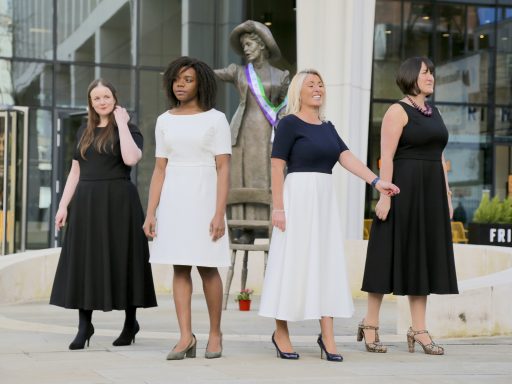
We’ve probably all felt the frustration of ordering clothes in ‘our size’ only to find they don’t fit—but can maths help?
To find out more about our guest authors, you can find their biographies at the end of each post.

We’ve probably all felt the frustration of ordering clothes in ‘our size’ only to find they don’t fit—but can maths help?

Urban legend has it that electricity usage soars during ad breaks and at the end of big football games. But is it true? We investigated…
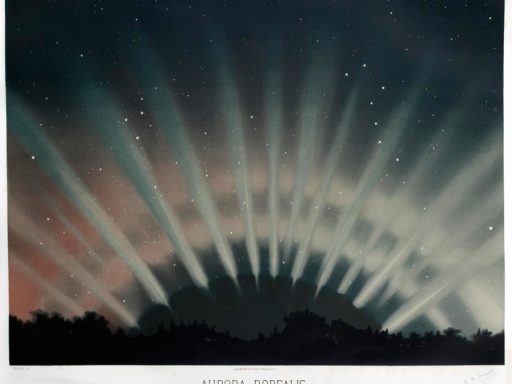
The Northern Lights, or aurora borealis, are one of nature’s most spectacular phenomena, and have inspired countless artists, explorers, philosophers and scientists over the centuries, including Manchester’s own John Dalton.
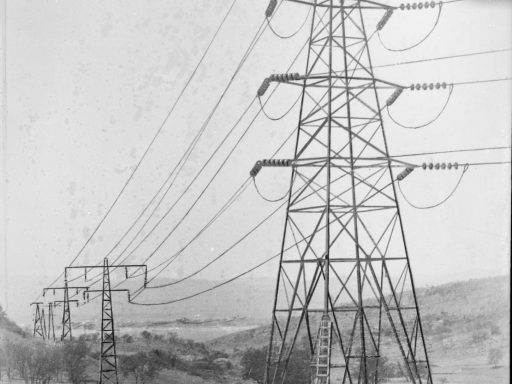
We see structures transporting electricity across the country every day. But how many of you know what they’re actually called?
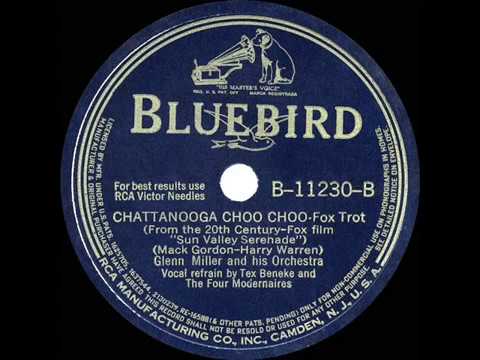
How do you transform history into music? How about engineering into notes or a train whistle into quavers and chords? A creative PhD project in collaboration with the museum is taking a look at how the story of our historic railway can be transformed into rhythm, melody and sound.
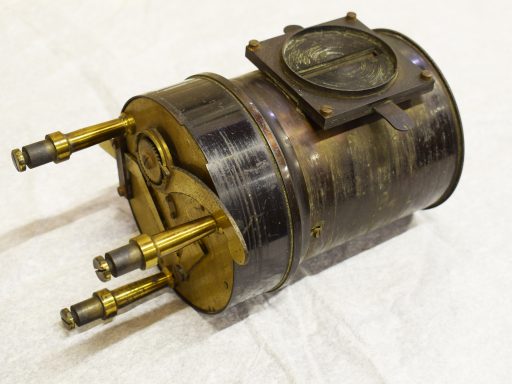
What do Sherlock Holmes, Miss Marple, Jonathan Creek and the Associate Curator at the Science and Industry Museum have in common? We all love solving a mystery.
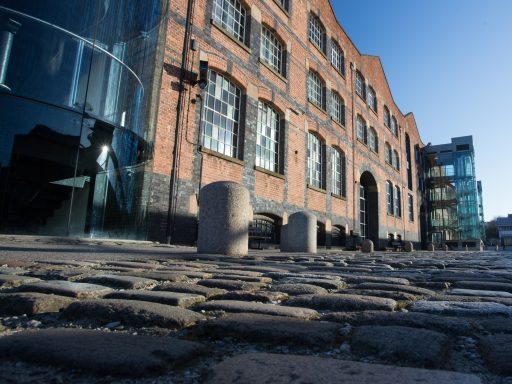
You may be surprised to learn that our ‘Great Western Warehouse’ (formerly ‘Main Building’) has been renamed ‘New Warehouse’. What’s so new about it?
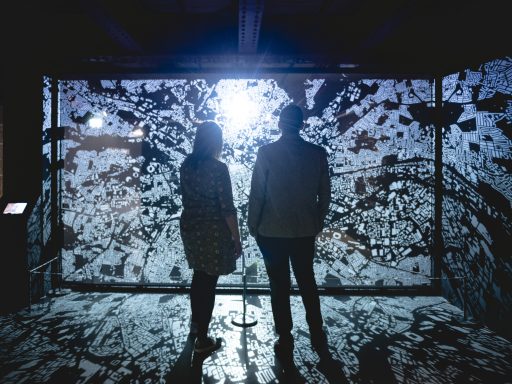
Consultant curator Paul Bonaventura talks about the thinking behind the amazing artworks that were specially commissioned for Electricity: The spark of life.
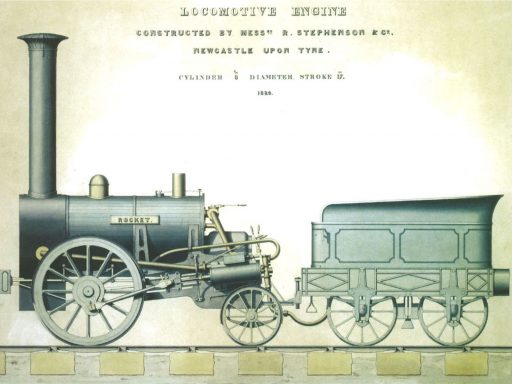
Michael Bailey, author of Rocket: A history of a pioneering locomotive, talks about the engineering that set Rocket apart from its rivals.

With Halloween around the corner we’ve got pumpkins on the brain. But have you ever thought about what happens to all of the waste from inside the pumpkin?
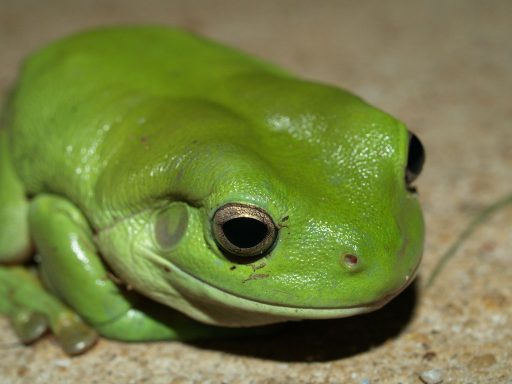
If you’ve been to see our new exhibition Electricity: The spark of life, you may well have seen a video featuring a frog suspended in space. And you may well be wondering what artist John Gerrard was thinking when he created his levitating frog. Let us explain.

Ben Ingham, from power network operator Electricity North West, shares the key innovative kit that keeps power flowing.